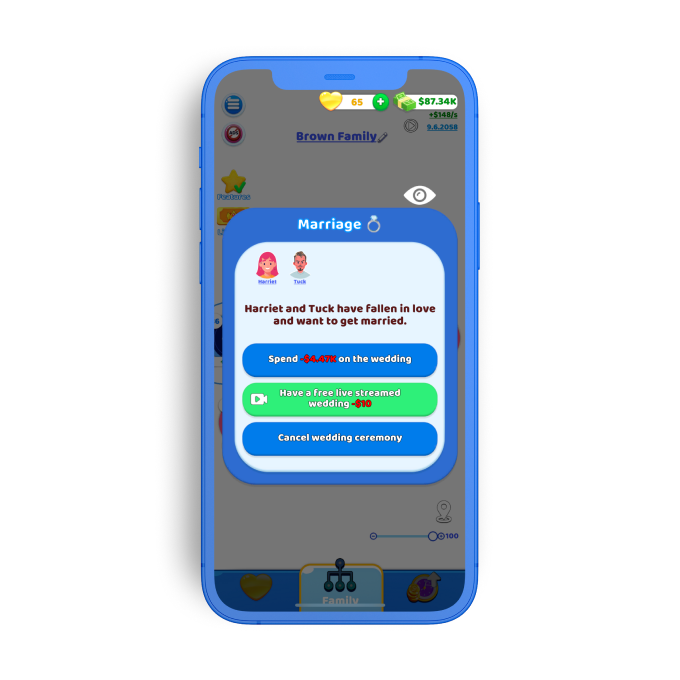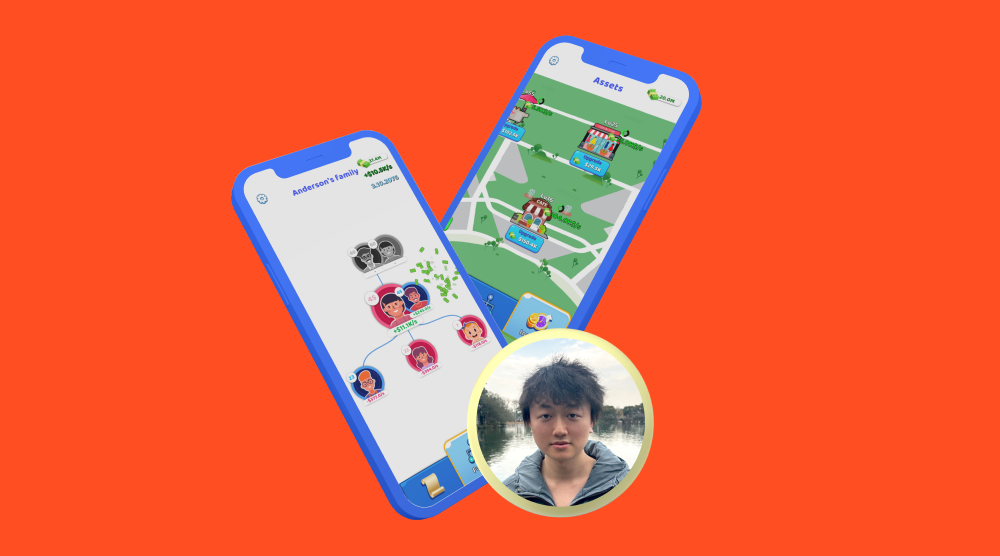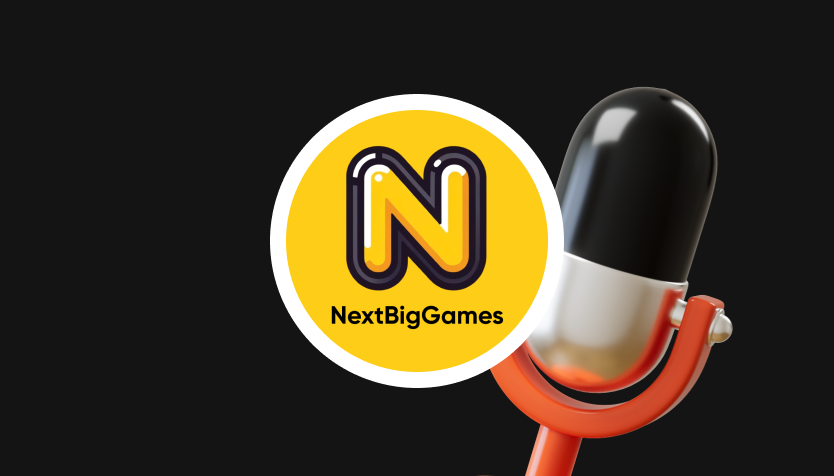Our Developer Spotlight series highlights top mobile game developers sharing their tips for success – on everything from ideation to game design. In this installment, we sat down with Warren Lu, game producer at Puffer Studios, the mobile game studio behind hits like Spider King and their most recent hybrid-casual life sim game, Family Life.
Warren and his team at Puffer Studios have worked with Supersonic for the past three years, taking their games from ideation to launch. For their latest hit, they teamed up with Supersonic to scale Family Life, transforming it from a promising hyper-casual game to a hit hybrid-casual game that’s generating insane IAP revenue. Here, Warren shares his top tips for going hybrid.

1. Find your genre
“First up, if you are going to take your game hybrid, make sure your genre has the legs to support retention and LTV. Look for hyper-casual games where you can add more core gameplay to keep players coming back over time. It may be that a successful hyper-casual runner game isn’t the right fit for adding engagement layers, but a game that allows you to keep building out new content and gives players the ability to progress further will totally crush it as a hybrid game.
When you’re thinking about which genre to go with, reference current chart toppers, like the most downloaded or the top grossing games. By accessing market intelligence websites, you can also look into IAP revenue to see what’s trending and setting the gaming world on fire. After you’ve determined a genre that works for you and your game, go with it and keep creating engaging content.
2. Do your research to find out what works
Once you’ve chosen your genre, finding inspiration is key. During ideation, we took a look at what worked well in idle management simulation games with longer play times, and integrated similar mechanics into our prototype. For example, we were inspired by Fantasy Tree and other top hyper-casual life sim games to fuse quick and engaging core gameplay with a strong game economy.
When it was time to monetize, we got the lowdown on the market to find out how our competitors were making money. Unlike with hyper-casual games, currency has a lot of value in hybrid-casual games and users convert to purchasing IAPs to progress through the game and get through difficult levels. We looked at classic casual games like BitLife with its blend of IAPs, RVs, interstitials, and high ARPU, and saw that their strong monetization strategy was tied directly to their game’s economy and we followed their lead.
3. Monetize what players want most
When it comes to monetizing your hybrid-casual game, one of the most important tips is to find out what motivates your players and attach a value to it. To determine which content our users connect with most, we started tracking events to understand where players were spending their resources and engaging with most.
We paid attention to resource inflection points to determine where players needed IAP and RV to progress, and then integrated ad units and traffic drivers into our game design - for example, with a more difficult level, we made sure to offer extra incentives or boosters.
RVs proved to be a very effective ad unit for us, since players need a lot of in-game resources to ensure their family members thrive. A good example in our game is where a player has fallen in love and wants to get married. They can either spend their in-game currency on a wedding, cancel their wedding altogether, or instead, watch an RV and get their wedding live-streamed for free.

In our in-game store, players can also access a range of IAP coupons and bundles to help their in-game families succeed. This IAP model has been a huge win - we’re currently seeing an IAP engagement rate of 25%-30%.
4. Keep investing in your game
It might sound like a cliche, but it’s as important as it is true - the launch is not the end, it’s just the beginning. Keep testing and adding fresh new content that will get your players to keep coming back. We’re still finding new ways to test and optimize Family Life, like building out new content, improving UI, and making the most of monetization.
So whether you’re building a hybrid from scratch or just starting to think about whether to hybridize your hyper-casual game, my best advice to developers is to find what works well in your genre and start ideating. Once you’ve got your inspiration, deepen your core mechanics with emotionally-engaging content, and let that engagement drive your monetization strategy. You’ll be setting records and making bank before you know it.”
Let's put these tips to good use
Publish your game with Supersonic



